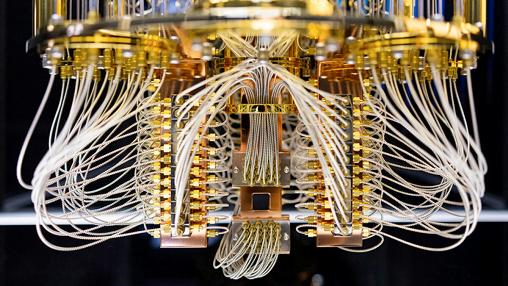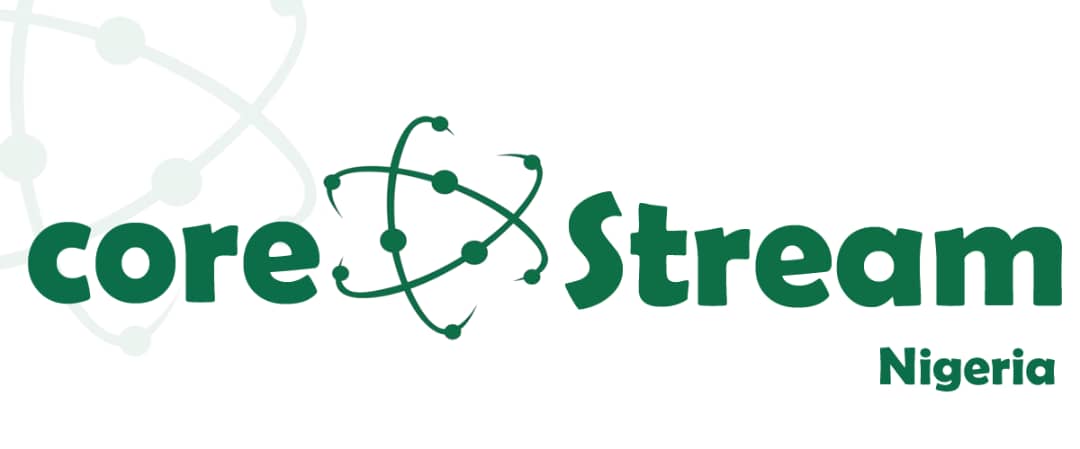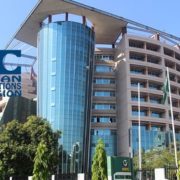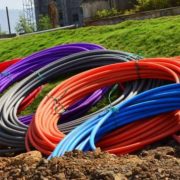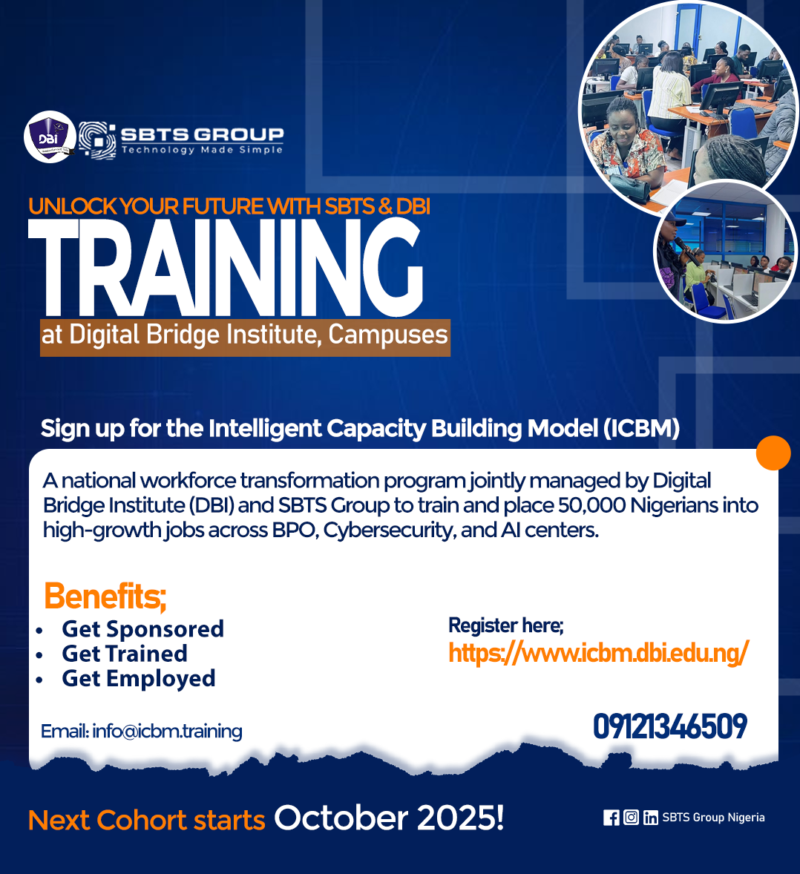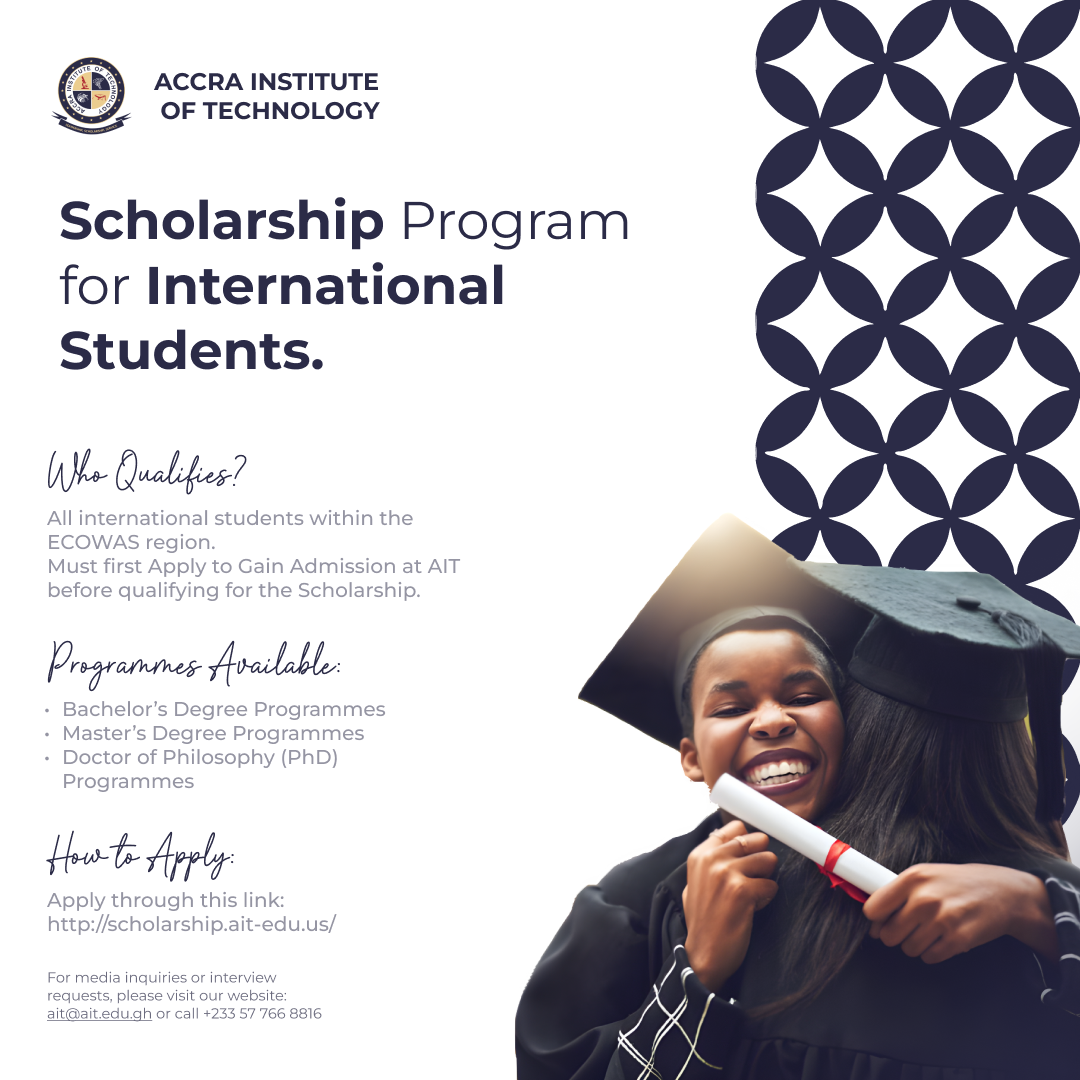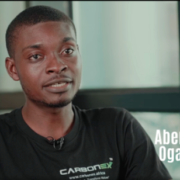The 2025 Nobel Prize in Physics has been awarded to John Clarke, Michel Devoret and John Martinis “for the discovery of macroscopic quantum mechanical tunnelling and energy quantization in an electric circuit”.
RELATED: Questing for the quantum AI advantage
The award underlines work carried out in the mid-1980s that described the quantum behavior visible in macroscopic superconducting circuits. IDTechEx sees the award as a milestone that links foundational low-temperature physics to the current race among commercial quantum computing and quantum sensing firms.
From these academic beginnings, superconducting circuits have now become one of the leading approaches to building a commercially scalable quantum computer. This goal is worth even more than a solid gold Nobel Prize medal, with the quantum computing industry forecast to exceed US$21 billion in annual revenues by 2046, according to the IDTechEx market research report “Quantum Computing Market 2026-2046: Technology, Trends, Players, Forecasts”.
Superconducting qubits are the most popular of the eight different commercial approaches to building a quantum computer. Image source: IDTechEx.[NE1]
Fundamentals of Superconducting Qubits
The most common implementation of the superconducting qubit is the ‘transmon’, which is a reference to the use of transmission lines. Other variants include flux (fluxonium) qubits or bosonic qubits, and the different designs are used primarily to minimize noise or improve performance in certain aspects.
Transmon qubits, first proposed in 2007, are direct descendants of the Nobel trio’s work. They are created by capacitively shunting a Josephson junction. A Josephson junction is formed by having two pieces of superconducting material separated by a thin insulating barrier, which is thin enough (on the order of nanometers) to allow for quantum tunneling.
At temperatures below the critical temperature of the superconducting material, charges flow as Cooper pairs, which can tunnel through the insulating barrier at a material critical current dependent on the material, its temperature, and its dimensions.
The Josephson junction critical current determines the inductance of the circuit, and therefore the frequency of the qubit. The junction critical current is exponentially sensitive to the thickness of the insulating tunnel barrier.
As a result, angstrom-scale (~0.1nm) variations in the thickness of the deposited insulator material can yield a few percent variations in the critical current, which in turn causes a few percent variation in the qubit frequency. Qubit-to-qubit variations in frequency can reduce the yield of the quantum chip or complicate operations.
Precise microfabrication techniques are therefore required to deposit layers of superconducting and insulating material onto a substrate in the correct structure.
Implementations of superconducting qubits. Image source: IDTechEx.
From Physics Experiment to Mass Fabricated Chip
Today, quantum computing players such as IBM Quantum, Google Quantum AI, Rigetti, and IQM use lithographic tools developed for CMOS processes to pattern thousands of identical qubits onto a single wafer. By leveraging these mature fabrication methods, superconducting qubit players have ambitious plans to unlock commercially useful quantum computing before the end of this decade.
IBM believes that by 2029, fully error-corrected systems will be delivered for a system running 100 million gates on their ‘Starling’ system, and that a 2030+ scale-up will then continue to unlock general applications in quantum computing.
Meanwhile, Google Quantum established the first evidence of quantum supremacy as early as 2019 with their ‘Sycamore’ processor, although this was strictly a lab result without commercial application. Nevertheless, they share similar ambitions to build a commercially relevant processor by the end of this decade.
The motivation for using superconducting circuits is that these components are operated at very low temperatures, where noise sources are intrinsically reduced. As such, one of the major challenges with this method is the cost, space, and power of the cooling infrastructure required.
Quantum Sensing: The Overlooked Beneficiary
While headlines focus on computing, the same tunnelling effect also underpins a class of quantum sensors. Ultra-sensitive sensors called SQUIDs (superconducting quantum interference devices) built from Josephson junctions can resolve magnetic fields down to the femto-Tesla scale, enabling non-invasive imaging of neural impulses in the brain.
In the report “Quantum Sensors Market 2026-2046: Technology, Trends, Players, Forecasts” IDTechEx forecasts that the quantum sensing market will reach US$1.9 billion by 2046, with medical imaging as one of the key drivers for adoption.
Market Outlook for the 20 Years Ahead
The announcement of the Nobel Prize comes as capital continues to flow into superconducting quantum hardware. Superconducting qubits are the most popular approach and account for the largest proportion of sales and installations so far.
Conversely, cryogenic engineering costs such as the 10mK dilution refrigerators needed for superconducting circuits to function are flagged as bottlenecks that could favor competing approaches such as the trapped ion or neutral atom platforms in the long-term.
Company profiles, SWOT analyses, and technology roadmaps for each quantum computing approach are included in the IDTechEx report “Quantum Computing Market 2026-2046: Technology, Trends, Players, Forecasts”. Whether the superconducting processors built by IBM, Google, Fujitsu or a promising startup succeed, what is clear is that the technology behind this year’s physics Nobel is now a major player in the global race to monetize quantum technologies.
Click reports and further research in the IDTechEx quantum technologies portfolio.

